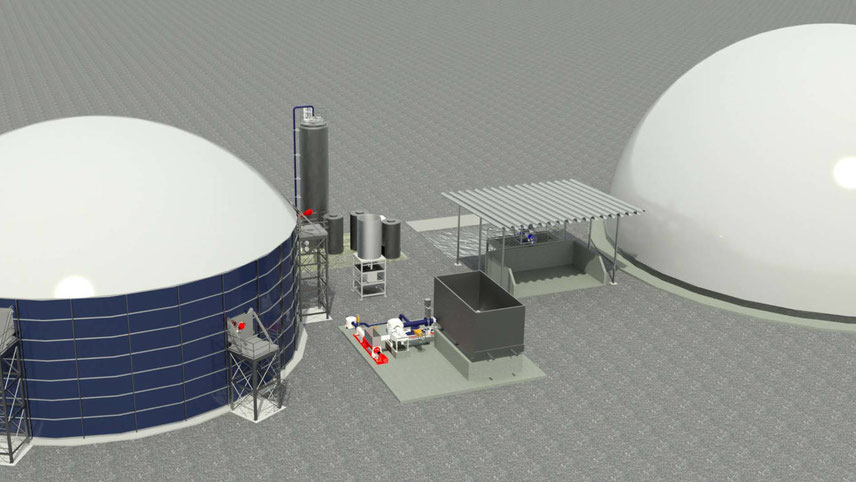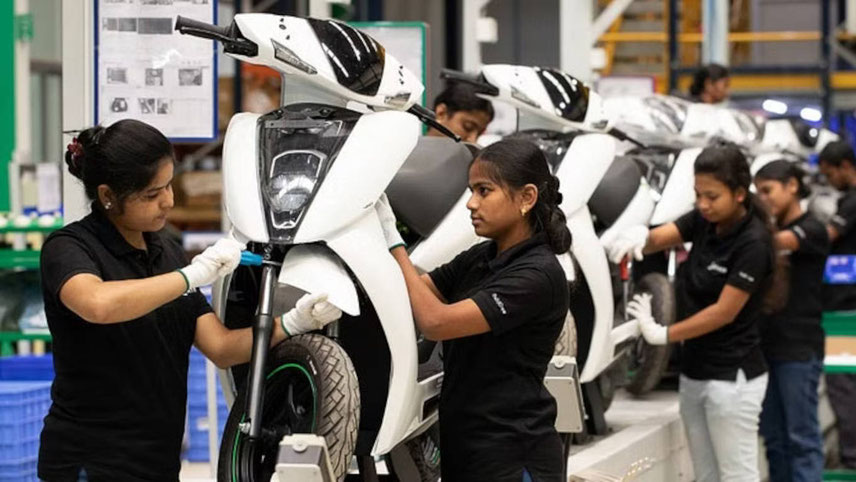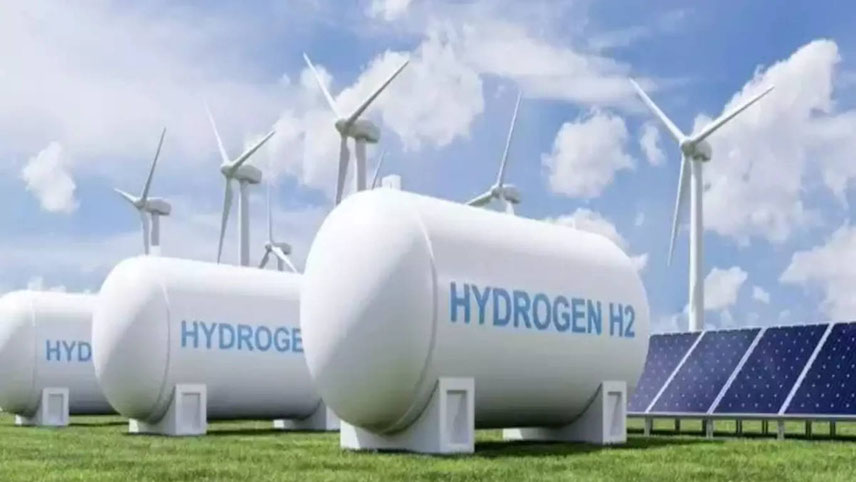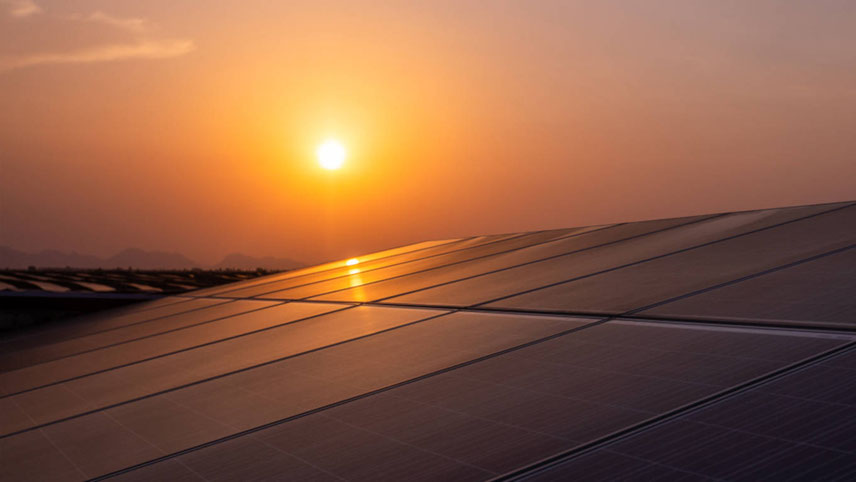-

Education can break the cycle of poverty. Photo Credit: Sanjay Borade

Education and skill development are important goals that are linked to the holistic development of a country. Education is the key to help people break the cycle of poverty. The second of the eight Millennium Development Goals (MDGs) was introduced in 2000 and focused on achieving universal primary education. In September 2015, the Sustainable Development Goals (SDGs) included ‘Education’ as the MDG of achieving universal primary education by 2015 wasn’t achieved. The SDG on education is also much broader and deeper as it covers education beyond primary education. The SDG on ‘Quality Education’ emphasises ‘ensure inclusive and equitable quality education and promote lifelong learning opportunities for all’. THE INDIAN SCENARIO Rising enrollments Though India is known for her institutes of higher education like the Indian Institutes of Management (IIMs), Indian Institutes of Technology (IITs), and Indian Institute of Science (IIs’), the general scenario across primary, secondary and higher education systems has not been very encouraging. However, things seem to be improving and a lot more remains to be done. Primary education India has made significant progress in universalising primary education. Enrolment for the age group 6-14 was 96.9 per cent in 2016. Some states like Rajasthan, Uttar Pradesh and Madhya Pradesh have low enrolment where the proportion of girls who remain out of school amounts to 9.7 per cent, 9.9 per cent and 8.5 per cent respectively. While India has achieved near-universal enrolment in primary and secondary education, the learning levels of children are low. Addressing teacher shortage is of paramount importance as there is a shortage of 689,000 teachers in primary schools. The pupil-teacher ratio in India is 31 compared to a world average of 23.7 (2014). The number in the United States stands at 15. The District Information System for Education (DISE) and the National University of Education Planning and Administration 2015 Report shows some alarming statistics regarding Indian schools. According to the report, the average number of classrooms in primary schools is 3.6 and the average number of teachers per school stands at 5.5. Apart from a lack of adequate urinal and lavatory facilities, electricity is available only in 32.26 per cent of primary schools in rural India. Secondary education The situation in India’s secondary education system is also not impressive with just 60 per cent net enrolment. East Asia and Latin America have higher net enrolment rates in secondary education at 70 per cent and 82 per cent respectively. English as a medium of instruction is used only in 15.49 per cent of primary schools and 28.73 per cent of secondary schools. Hindi as a medium of instruction is used in 51.50 per cent of primary schools and 43.18 per cent of secondary schools. Higher education The statistics in India’s higher education system are also not comforting. Many children do not even reach graduation levels. In India 43 per cent of children drop-out before finishing upper primary school and high school completion is only 42 per cent. According to the All India Survey on Higher Education (AISHE) 2016 Report, there are 799 universities, 39,071 colleges and 11,923 standalone institutions in India. The top three states with the highest number of colleges are Uttar Pradesh, Maharashtra and Karnataka. Bangalore and Jaipur districts top in terms of the number of colleges with 970 and 616 colleges respectively. In spite of this, the Gross Enrolment Ratio (GER) in India for higher education is an abysmally low 24.5 per cent. The world average is 34 per cent and the numbers in the United States and European Union stand at 87 per cent and 68 per cent respectively (World Bank, 2016).
-
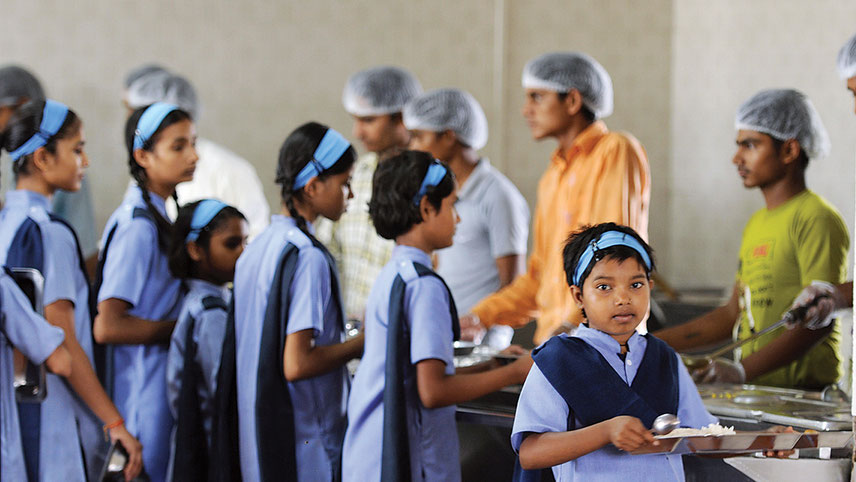
Photo Credit: Sanjay Borade
GOVERNMENT OF INDIA SCHEMES
Mid-day Meal Scheme (MDMS)
Every child in government and government-aided primary school was to be served a prepared mid-day meal with a minimum content of 450 calories of energy per day for primary classes and 700 calories for upper primary classes for a minimum of 200 days. The focus of this project can be seen from the fact that the government has allocated approximately Rs40,000 crore to MDMS in the last 10 years. A vastly improved availability of mid-day meals has contributed to the increase in enrolment. This scheme has caught on a lot with private organisations like AkshayPatra that are doing their bit to make this a success and hence make a difference to the education system in India.
Sarva Shiksha Abhiyan (SSA)
Launched in 2000-01 to provide elementary education to all children in the age group of 6 to 14 years, SSA is the central government’s main programme to achieve Universalisation of Elementary Education (UEE). It is being implemented in partnership with state governments, local government and community, to cover the entire country. According to the ministry of HRD, under SSA, 3.59 lakh new primary and upper primary schools and 17,14,076 additional classrooms have been constructed. In addition, 9,37,124 toilets have been constructed and 2,26,627 water facility provisions have been made. As per the statistics on the SSA Website, in 2016-17 there are 19.67 crore children enrolled in 14.5 lakh elementary schools across India with 66.27 lakh teachers at the elementary level.
Rashtriya Madhyamik Shiksha Abhiyan (RMSA)
Launched in 2009 with the objective to enhance access to secondary education by providing a school within reasonable distance of every home, under RMSA, 11,599 new secondary schools have been approved and already more than 10,000 schools are functional. More than 6,80,000 students are enrolled. 107,262 teachers have been approved and more than 59,000 have been recruited.
Rashtriya Ucchatar Shiksha Abhiyan (RUSA)
Launched in 2013 this was proposed to cover state managed universities and colleges that are provided with little or no financial support by the University Grants Commission (UGC) and other government schemes. The objectives are to improve the overall quality of state institutions and ensure reforms in the affiliation, academic and examination systems. About Rs2,800 crore has been given to hundreds of colleges and universities. Post the implementation of RUSA, the GER has increased from 20.8 per cent to 24.5 per cent in 4 years.
Biogas
BioEnergy will showcase its innovative biogas technology in India
Mobility
Ather aims to produce 20,000 units every month, soon
Green Hydrogen
German Development Agency, GIZ is working on a roadmap for a green hydrogen cluster in Kochi
Renewable Energy
AGEL set to play a big role in India’s carbon neutrality target
















